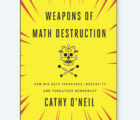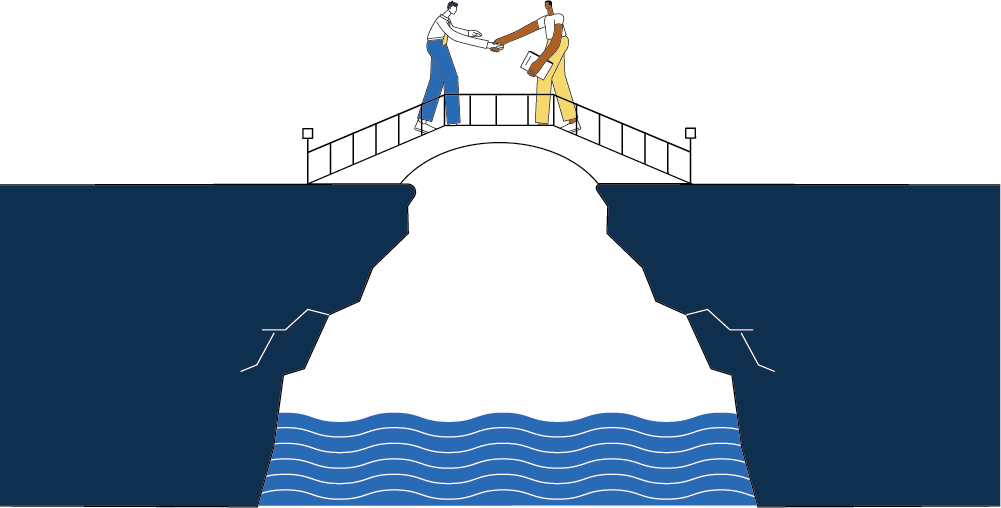
Here is a question that involves three nested levels of infinity, but first here is an explanation of some terms and concepts. A partition of the counting numbers 1, 2, 3,… is a collection of subsets such that each number belongs to exactly one subset. Here are some example partitions:
| A = { {1}, {2}, {3},…} | B = { {1}, {2, 3}, {4, 5}, {6, 7},…} |
| C = { {1, 2}, {3,4}, {5,6},…} | D = { {1, 3, 5,…}, {2, 4, 6,…} } |
Partitions A, B and C each have infinitely many subsets, but each subset only contains a finite group of numbers. Partition D contains finitely many subsets, but each subset contains infinitely many numbers. Partitions A and C are disjoint since no subset is present in both of them, but partitions A and B are not disjoint since they both contain the subset {1}. We can also form a set of partitions, such as {A, B, C, D}.
Is it possible to construct a set of partitions such that all of the following occur?
- There are infinitely many partitions in the set.
- Any two of the partitions are disjoint.
- Each of the partitions contains infinitely many subsets.
- Every subset of every partition contains infinitely many numbers.
Can you either construct such a set of partitions or prove that such a set is impossible to construct?
Malware Versus Anti-Malware
A computer virus is programmed to make three identical copies of itself and then delete itself. Network anti-malware software has a probability P of destroying any given copy of the virus before it can make the three copies. A single copy is introduced into the network. What is the minimum value of P so that there is 99 percent chance that the virus will be completely eradicated eventually? What is the minimum value of P for a 100 percent chance of eventual complete eradication?
Let Q(P) be the probability that eventually all descendants of a given copy of the virus will be eradicated. Then Q(P) = P + (1-P) [Q(P)]3 or the sum of the probability that the anti-malware destroys the virus before it can reproduce and the probability that the virus survives to reproduce but all of the descendants of its three children are eventually destroyed. Solving for P(Q), gives P(Q) = (Q + Q2)/(1 + Q + Q2). To get Q = 100% requires that P = 2/3 and to get Q = 99% requires that P = 1.9701/2.9701 = 66.3311%.
Solutions were also submitted by Patrick Allen, Xunchi Chen, Bob Conger and Brad Rosin.













